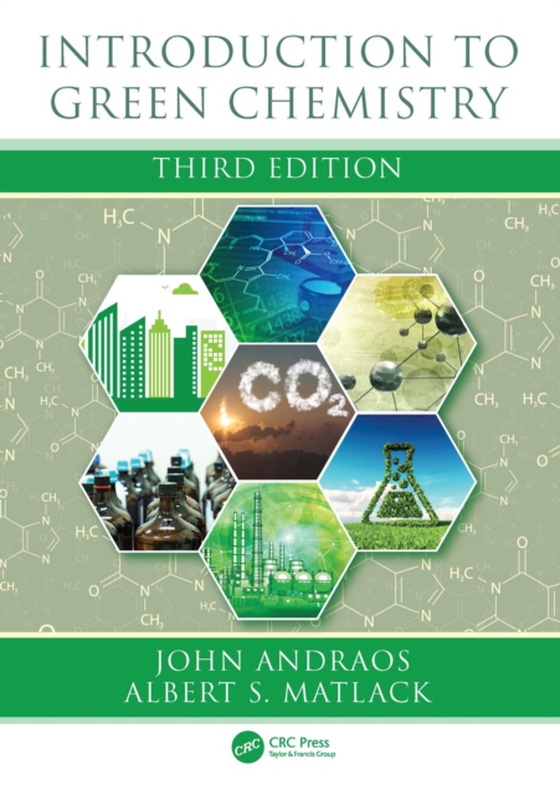
Introduction to Green Chemistry e-bog
1167,65 DKK
(inkl. moms 1459,56 DKK)
Interest in green chemistry and clean processes has grown so much in recent years that topics such as fluorous biphasic catalysis, metal organic frameworks, and process intensification, which were barely mentioned in the First Edition, have become major areas of research. In addition, government funding has ramped up the development of fuel cells and biofuels. This reflects the evolving focus f...
E-bog
1167,65 DKK
Forlag
CRC Press
Udgivet
9 marts 2022
Længde
624 sider
Genrer
Industrial chemistry and chemical engineering
Sprog
English
Format
pdf
Beskyttelse
LCP
ISBN
9781000542349
Interest in green chemistry and clean processes has grown so much in recent years that topics such as fluorous biphasic catalysis, metal organic frameworks, and process intensification, which were barely mentioned in the First Edition, have become major areas of research. In addition, government funding has ramped up the development of fuel cells and biofuels. This reflects the evolving focus from pollution remediation to pollution prevention.Copiously illustrated with more than 800 figures, the Third Edition provides an update from the frontiers of the field. It features supplementary exercises at the end of each chapter relevant to the chemical examples introduced in each chapter. Particular attention is paid to a new concluding chapter on the use of green metrics as an objective tool to demonstrate proof of synthesis plan efficiency and to identify where further improvements can be made through fully worked examples relevant to the chemical industry.NEW AND EXPANDED RESEARCH TOPICSMetal-organic frameworksMetricsSolid acids for alkylation of isobutene by butanesCarbon molecular sievesMixed micro- and mesoporous solidsOrganocatalysisProcess intensification and gas phase enzymatic reactionsHydrogen storage for fuel cellsReactive distillationCatalysts in action on an atomic scaleUPDATED AND EXPANDED CURRENT EVENTS TOPICSIndustry resistance to inherently safer chemistryNuclear powerRemoval of mercury from vaccinesRemoval of mercury and lead from primary explosivesBiofuelsUses for surplus glycerolNew hard materials to reduce wearElectronic wasteSmart growthThe book covers traditional green chemistry topics, including catalysis, benign solvents, and alternative feedstocks. It also discusses relevant but less frequently covered topics with chapters such as "e;Chemistry of Long Wear"e; and "e;Population and the Environment."e; This coverage highlights the importance of chemistry to everyday life and demonstrates the benefits the expanded exploitation of green chemistry can have for society.
 Dansk
Dansk

